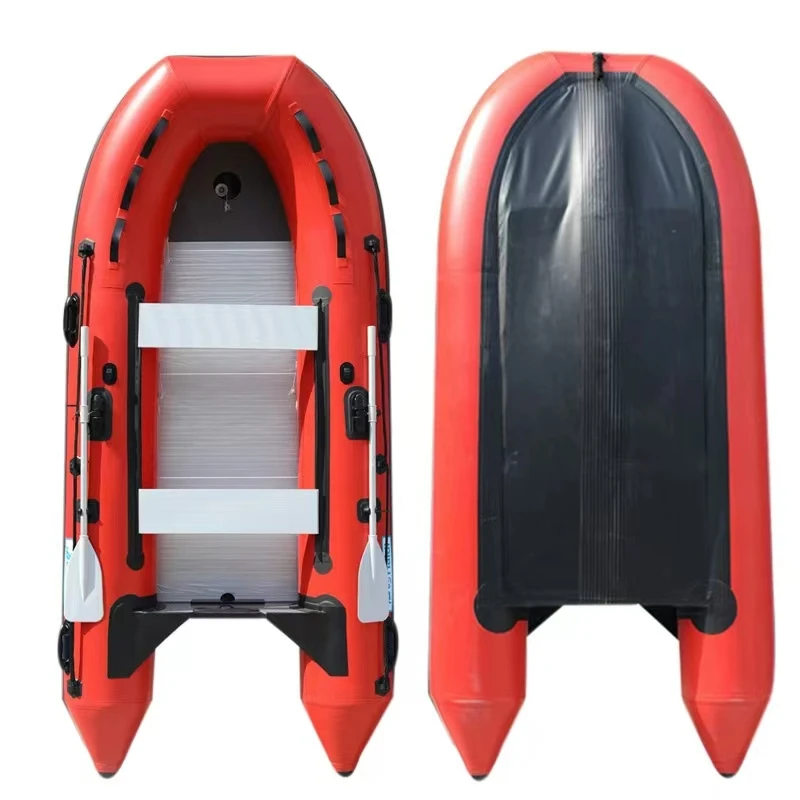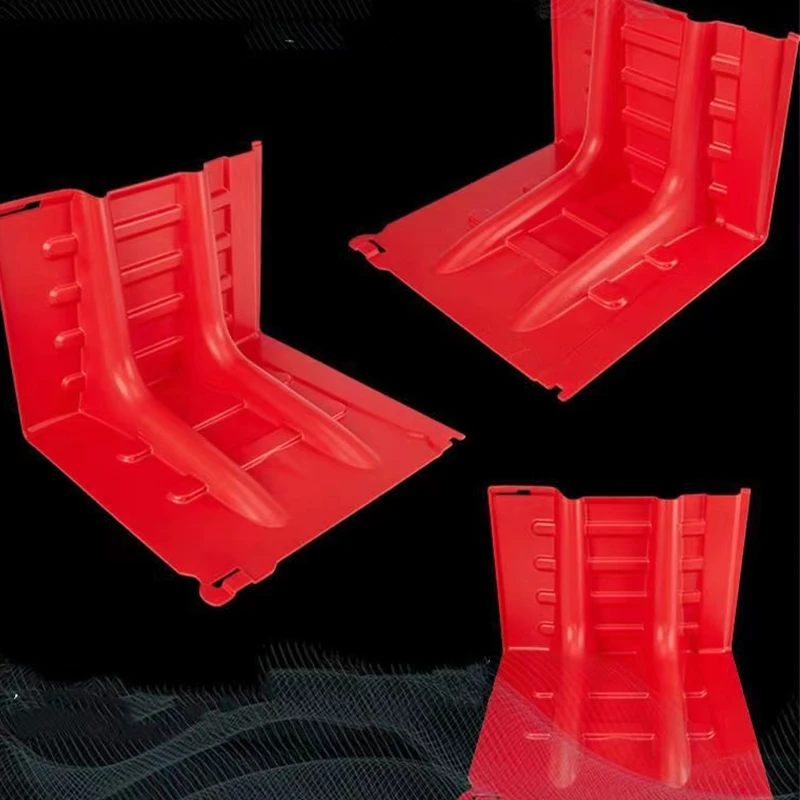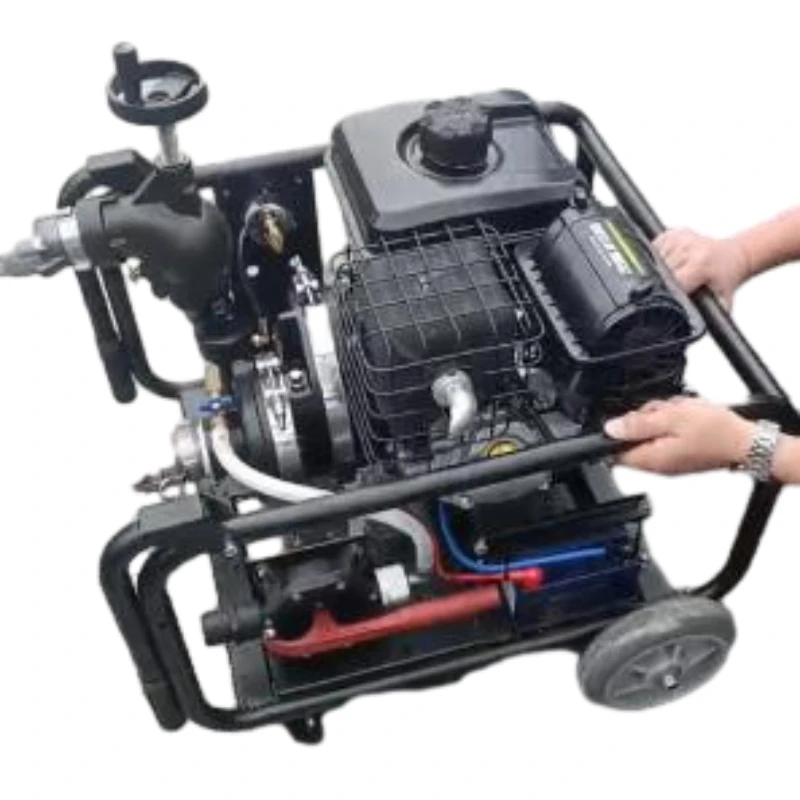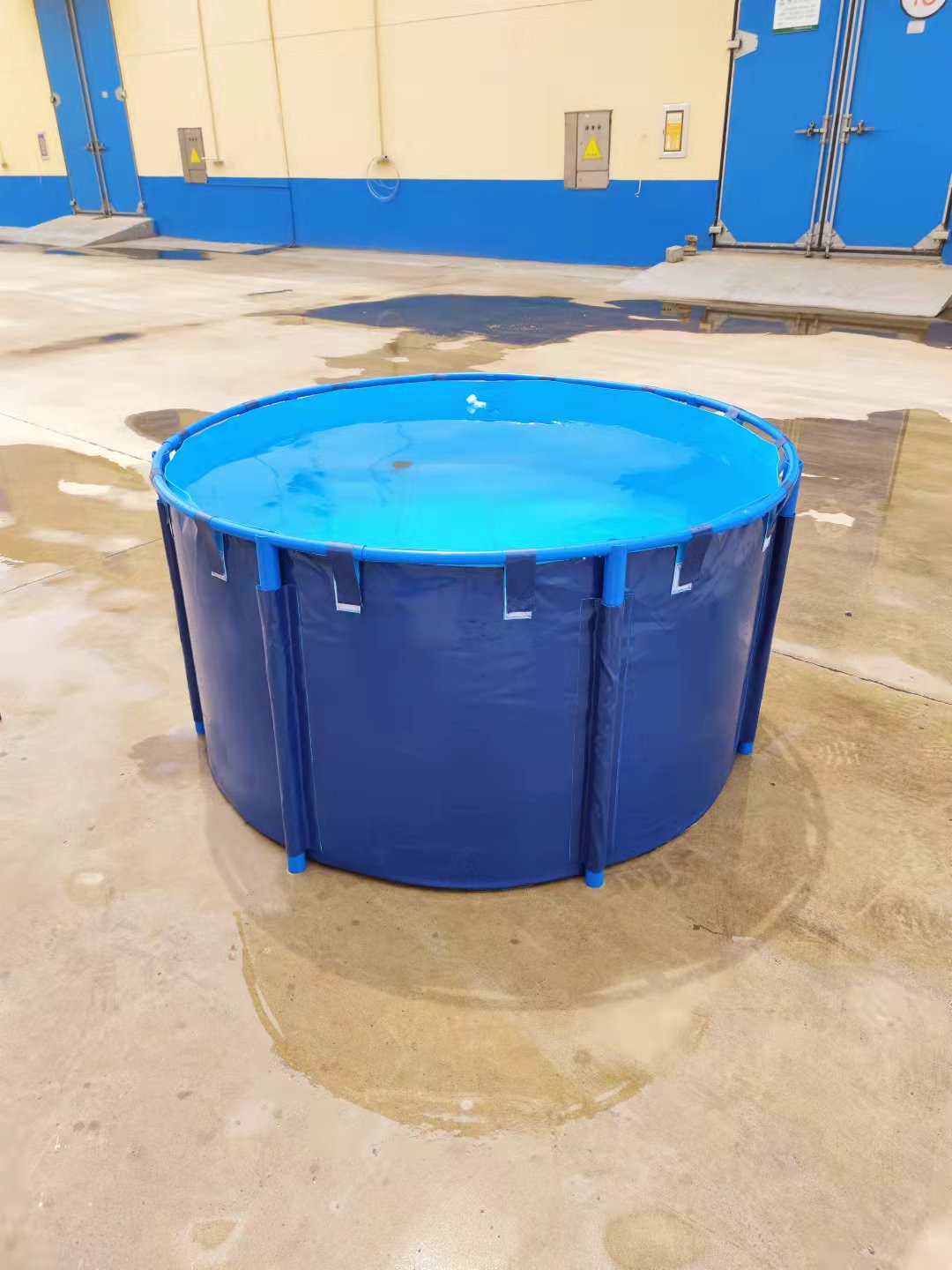The Crucial Role of Pump Fire Systems Worldwide
Firefighting pumps — or simply, pump fire systems — are the hidden heroes in protecting lives and assets across the globe. Whether in sprawling urban centers, industrial plants, or remote communities vulnerable to wildfires, the reliability of firefighting pumps can make the difference between disaster and safety. Understanding pump fire technology isn’t just trivia; it’s essential knowledge for architects, safety engineers, facility managers, and even policy makers involved in disaster management.
From international safety codes to on-the-ground emergency response, a well-designed pump fire system ensures rapid, sustained water delivery at just the right pressure. Beyond stopping flames, these systems support resilience in infrastructure and foster confidence in communities facing fire threats — a global challenge that demands robust solutions.
Why Pump Fire Matters in Today’s Fire Safety Landscape
It’s easy to overlook a pump’s role — after all, it’s just a machine, right? But here’s the thing: according to the UN and ISO standards, fire pump performance directly affects firefighting success rates worldwide. The NFPA reports that well-maintained pump fire systems reduce property loss by up to 50%. In industries from oil refineries and chemical plants to residential high-rises, pump fire technology ensures water reaches fires fast and with force.
But the challenge remains — many older facilities still use outdated pumps, risking delays. Not to mention, power outages often coincide with fires, demanding backup or automated solutions. The push to upgrade to efficient, resilient pump fire units is a rising global priority.
What Is a Pump Fire System? A Simple Definition
At its core, a pump fire system is a specialized mechanical pump designed to deliver water or firefighting foam at the necessary pressure and volume to extinguish fires effectively. These pumps are integral parts of larger fire protection setups — connected to water supplies, sprinkler systems, and hoses.
They activate automatically via fire alarms or manual controls, pushing water through piping networks to the fire zone. This technology plays a pivotal role in modern infrastructure safety, often mandated by building and fire codes worldwide.
Think of pump fire systems as the force behind the scenes, the unsung mechanics enabling sprinkler heads to drench flames or firefighters to hose down hazardous blazes.
Core Components That Define Reliable Pump Fire Performance
1. Durability and Material Quality
Pump fire units must withstand extreme heat, corrosion, and constant use without failure. Materials like stainless steel, bronze, and rugged composites are common to ensure longevity and minimal maintenance.
2. Optimal Pressure and Flow Rates
The hallmark of any good fire pump is its ability to maintain consistent pressure, typically ranging between 100 and 300 psi, depending on application. This ensures fast water delivery to suppress fires quickly.
3. Power Source Flexibility
Electric motors dominate, but diesel or even hybrid pump fire designs provide critical backup in power outages, a must for industrial or remote locations.
4. Automation and Controls
Modern systems include smart controls — pressure sensors, remote monitoring, and automatic start/stop functions — that minimize human error and maximize response speed.
5. Compliance and Testing
Adhering to codes like NFPA 20 and ISO 9001 quality management assures reliability. Regular inspection and flow testing simulate real firefighting conditions.
Real-World Applications of Pump Fire Systems
Pump fire systems are everywhere once you start looking: skyscrapers in North America demand powerful pumps to fight high-level fires, while oil rigs in the Gulf of Mexico use explosion-proof pump fire setups tailored for hazardous environments.
Post-disaster relief zones often bring unique challenges — damaged water mains, power loss, and accessibility issues. Portable and easy-to-deploy pump fire units are increasingly key here, especially in Asia-Pacific’s disaster-prone regions.
Some organizations — think big logistics hubs or chemical manufacturers — even customize pumps with corrosion-resistant coatings and remote telemetry in Israel or Germany.
Typical pump fire specification at a glance:
| Specification | Details |
|---|---|
| Flow Rate | 500 to 1500 GPM (gallons per minute) |
| Operating Pressure | 100 to 300 psi |
| Power Source | Electric, Diesel, Hybrid |
| Materials | Stainless steel, Bronze, Composite |
| Control Features | Automatic start, remote monitoring, pressure sensors |
Comparing Leading Pump Fire Vendors
| Vendor | Flow Range (GPM) | Power Options | Automation | Warranty |
|---|---|---|---|---|
| FireSafe Pumps Inc. | 600 - 1400 | Electric, Diesel | Full automation with remote alerts | 5 years |
| Global Fire Solutions | 500 - 1200 | Electric only | Basic automation, manual override | 3 years |
| HydroGuard Tech | 700 - 1500 | Hybrid (Electric + Diesel) | Advanced diagnostics, IoT integration | 6 years |
Advantages & Long-Term Value of Pump Fire Systems
- Cost Efficiency: Modern pumps reduce water and energy waste, lowering operational costs.
- Reliability: Automated starting and remote monitoring decrease downtime and false alarms.
- Social Impact: Better fire control means communities and workplaces stay safer and more secure.
- Sustainability: Increasingly, eco-friendly materials and energy-efficient motors align pump fire units with green building standards.
- Emotional Safety: Having a dependable fire defense system visibly boosts tenant and employee confidence.
Emerging Trends & Innovations in Pump Fire Technology
Oddly enough, the traditional pump fire system is undergoing what I’d call a quiet revolution. Digital integration, IoT sensors, and AI-based predictive maintenance mean many pumps can now 'tell' operators when wear or blockage occurs before failure.
Green initiatives are also key — solar-powered pumps, biodegradable lubricants, and lighter composite components reduce environmental impact. In places with inconsistent electricity, battery-backed or hybrid systems are changing the game.
I noticed automated self-testing pumps becoming the norm, saving time and ensuring compliance without manual hassle.
Challenges With Pump Fire and How Experts Overcome Them
Power outages during emergencies remain a headache, but hybrid pumping systems effectively mitigate this risk. The upfront cost can be daunting, but lifecycle cost analyses often prove investing in quality is cheaper long-term.
Remote site installations struggle with maintenance accessibility — here, remote monitoring and drone inspections help spot issues early.
Lastly, standardization is a thorny issue; global vendors sometimes find it difficult to adapt to varying regional codes. Customized solutions and modular designs help here, though.
FAQ: Frequently Asked Questions About Pump Fire
- What types of power sources are most reliable for pump fire systems?
- Electric motors are common for their efficiency, but diesel and hybrid (electric + diesel) pumps provide backup power during outages, ensuring consistent operation in emergencies.
- How often should fire pumps be tested?
- Industry standards recommend monthly flow tests and annual full-performance tests to ensure pump functionality and compliance with safety codes.
- Can pump fire systems be integrated with smart building management?
- Yes. Modern pumps often include IoT sensors and remote monitoring compatible with building automation systems for real-time alerting and diagnostics.
- Are portable pump fire units effective for temporary disaster relief?
- Absolutely. Portable units provide quick deployment, essential flow rates, and flexibility, making them invaluable in relief efforts where infrastructure is damaged.
- What maintenance challenges should facility managers anticipate?
- Regular inspections of seals, motors, and control panels are key. Watch for signs of corrosion, leaks, and electrical faults. Automated self-testing pumps help but don’t replace hands-on checks.
Conclusion: Investing in the Future of Fire Safety with Pump Fire
Reliable pump fire systems form the backbone of modern fire protection strategies. Their ability to deliver water quickly and effectively can literally mean the difference between devastating loss and controlled disaster. Advances in technology, materials, and automation are making these pumps smarter, greener, and more resilient than ever.
So whether you’re upgrading an industrial plant, planning a new facility, or equipping a disaster relief team, consider how pump fire technology can elevate safety and resilience. For comprehensive solutions and expert advice, visit our website at FFWFireSafety.com. Fire protection is a journey — let’s make it a safe one.





















